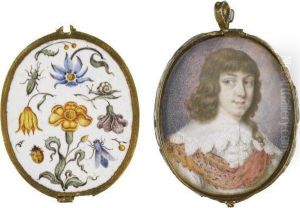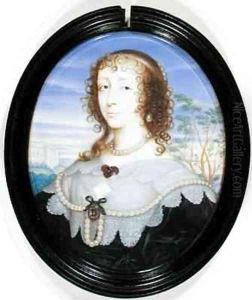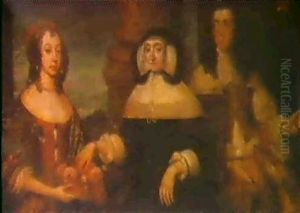David Des Granges Paintings
David Des Granges, an enigmatic figure in the annals of British art history, was born in either 1611 or 1612, details of his early life remain sparse. His work, however, has left an indelible mark, particularly his painting 'The Saltonstall Family' (circa 1636-1637), which is often cited as his masterpiece and serves as a critical piece for understanding 17th-century British portraiture.
Des Granges' career unfolded during a period of significant social and political upheaval in England, marked by the lead-up to the Civil War. Despite the tumultuous times, he managed to secure commissions from several notable families, indicating his reputation as a skilled portraitist. His style, characterized by meticulous detail and a nuanced approach to depicting his sitters, reflects the influence of his contemporaries and possibly his training, although the specifics of his artistic education remain unknown.
The absence of comprehensive records has led to considerable speculation about Des Granges' life and work. It is believed that he was active primarily in London, where he would have been part of a vibrant artistic community. Nonetheless, documentation linking him to specific patrons or artistic circles is limited.
Des Granges' death is estimated to have occurred around 1648, a period when England was in the throes of the Civil War. The lack of information about his later years and the circumstances of his death adds to the mystery surrounding his life. Despite this, his contributions to British portraiture are recognized for their technical skill and emotional depth, offering insights into the era's aesthetic preferences and social conditions.
Today, David Des Granges is remembered through a handful of surviving works, with 'The Saltonstall Family' painting held in high esteem. This piece, in particular, has been the subject of extensive analysis for its composition, portrayal of family dynamics, and its reflection of 17th-century societal norms. While Des Granges may not be as widely known as some of his contemporaries, his artistry continues to be appreciated by scholars and art enthusiasts alike, serving as a testament to the rich tapestry of British art history.

















